A Spicy Dive into Pennsylvania Dutch Chicken Pot Pie: A Flavorful Tradition
Table of Contents
Introduction to Pennsylvania Dutch Chicken Pot Pie
The Pennsylvania Dutch chicken pot pie is a classic dish that blends comfort, tradition, and flavor in one hearty meal. Originating from the German-speaking communities in Pennsylvania, this dish has become a staple in American kitchens, especially during holidays or family gatherings. While it's not traditionally spicy, the influence of global spice traditions can be seen in how people now personalize their recipes with various seasonings and spices.
At its core, the Pennsylvania Dutch chicken pot pie features a flaky crust, a rich chicken filling, and a variety of vegetables like carrots, peas, and potatoes. But what sets it apart is the deep-rooted cultural heritage and the way it’s been passed down through generations. The dish reflects the simplicity and heartiness of the Pennsylvania Dutch lifestyle—where food is meant to nourish both body and soul.
Global Spice Traditions and Their Influence
Spices have always played a vital role in cooking across the world. From the warm aromas of Indian garam masala to the bold heat of Mexican chili powders, each culture has its own unique approach to seasoning. When it comes to the Pennsylvania Dutch chicken pot pie, these global influences may not be immediately obvious, but they can certainly enhance the dish in creative ways.
For example, adding a pinch of paprika can give the pie a subtle smokiness, while a dash of cumin adds depth and warmth. Some modern twists even include curry powder or turmeric, which not only add color but also bring a hint of exotic flavor. These additions show how traditional dishes can evolve with the times—and how spices can act as a bridge between cultures.
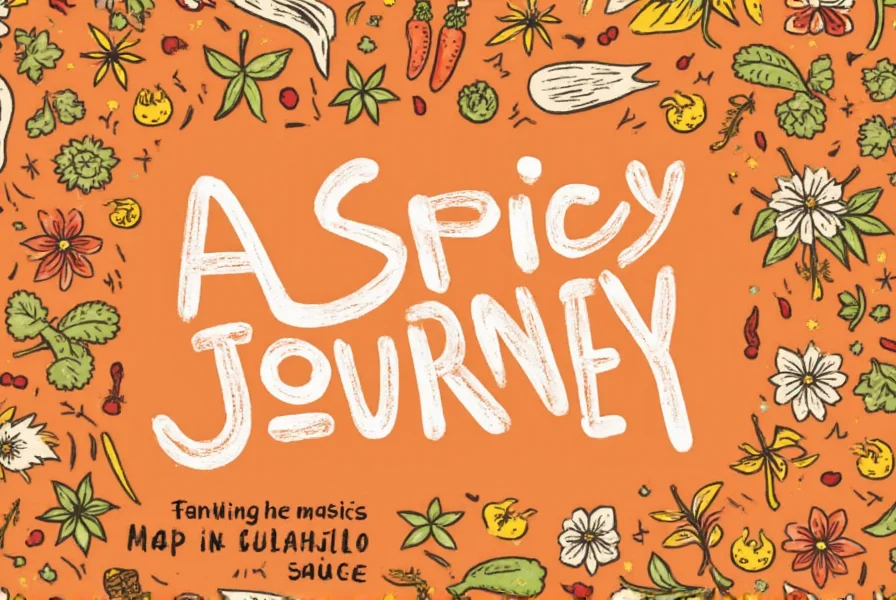
To help you explore these possibilities, here’s a quick comparison table of some popular spices and how they might enhance your chicken pot pie:
| Spice | Flavor Profile | How to Use |
|---|---|---|
| Paprika | Smoky, slightly sweet | Add to the filling or sprinkle on top before baking |
| Cumin | Earthy, warm | Mix into the sauce or rub onto the chicken |
| Turmeric | Eartthy, slightly bitter | Add to the filling for color and a mild flavor |
| Garam Masala | Warm, complex | Use sparingly to add depth to the filling |
| Chili Powder | Spicy, smoky | Adjust to taste for a kick of heat |
Practical Tips for Making the Perfect Chicken Pot Pie
Whether you're an amateur enthusiast or a seasoned cook, making a great chicken pot pie requires attention to detail and a few key techniques. Here are some practical tips to ensure your pie turns out delicious every time:
- Start with fresh ingredients: Use high-quality chicken, fresh vegetables, and a good stock for the best flavor.
- Make your own crust: A homemade pie crust will elevate the overall texture and taste of the dish.
- Don’t overfill the pie: Overfilling can cause the crust to become soggy or break during baking.
- Let the filling cool slightly: Adding hot filling to the crust can melt the butter and make the crust less flaky.
- Brush the top with egg wash: This gives the crust a golden color and a shiny finish.
If you're feeling adventurous, consider experimenting with different fillings. For example, swapping out the chicken for turkey or adding a splash of white wine can create a unique twist on the classic recipe. You could even try using different types of flour, like whole wheat or almond flour, for a gluten-free version.
Buying Guide for Essential Ingredients
To make a truly exceptional Pennsylvania Dutch chicken pot pie, it's important to choose the right ingredients. Below is a detailed buying guide for the key components of the dish:
1. Chicken
Choose bone-in chicken thighs or drumsticks for a richer flavor. Look for organic or free-range options if possible, as they tend to be more tender and flavorful. Ideal for use in stews, soups, or as the base for a meaty filling.
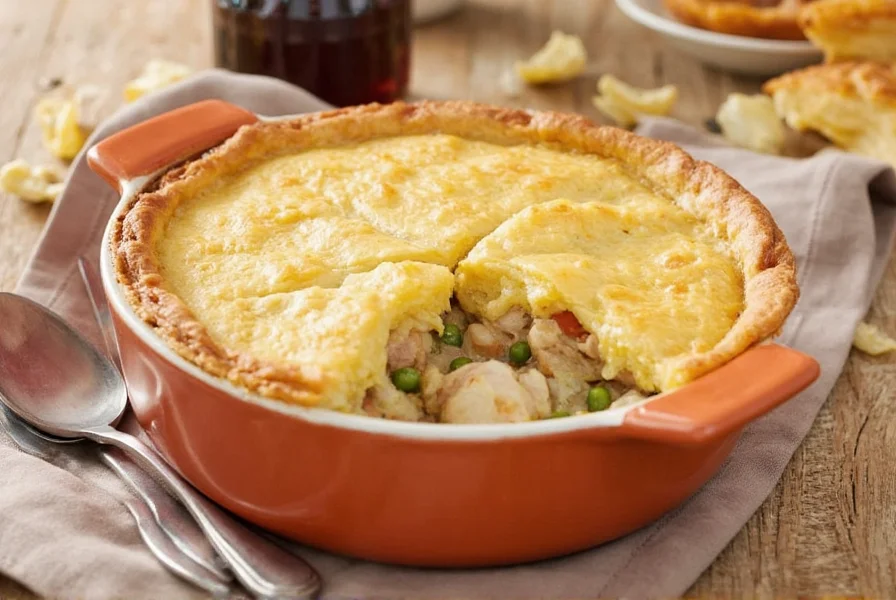
2. Pie Crust
Homemade or store-bought, the crust is the foundation of your pie. If you're making your own, look for all-butter or shortening-based recipes for the flakiest result. Store-bought options are convenient and can be just as good when prepared properly.
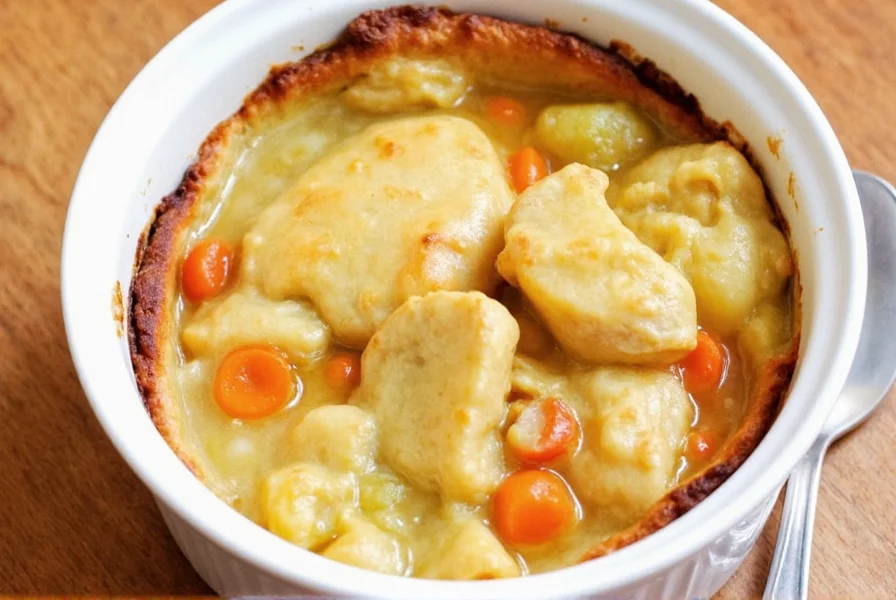
3. Vegetables
Carrots, potatoes, and peas are standard in most recipes, but feel free to add other veggies like celery, onions, or even corn. Choose firm, crisp vegetables for the best texture.
4. Spices and Seasonings
While the Pennsylvania Dutch chicken pot pie isn’t typically spicy, adding a few well-chosen spices can elevate the dish. Look for quality ground spices like black pepper, garlic powder, and thyme. For a bolder flavor, try adding a pinch of smoked paprika or a dash of cayenne pepper.
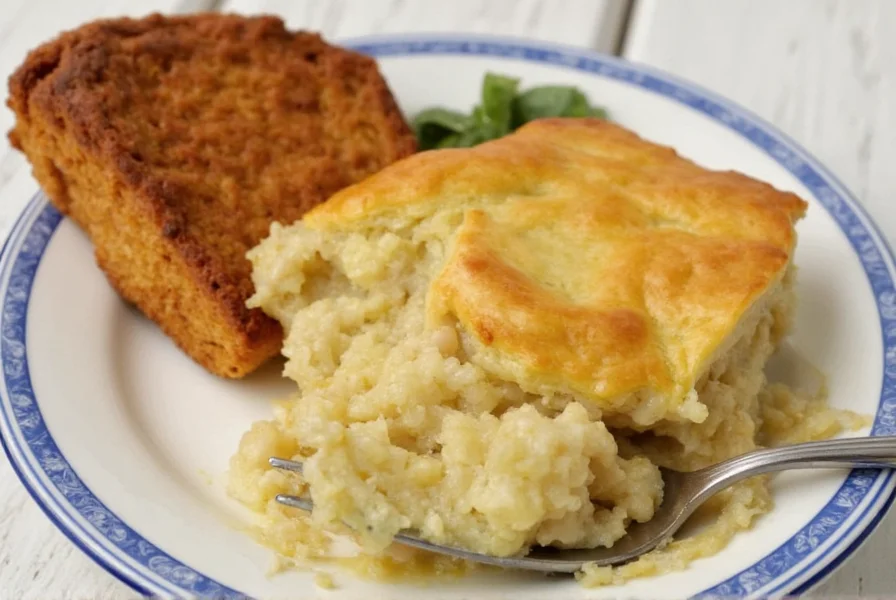
5. Stock or Broth
Use a rich chicken broth or stock to add depth to your filling. Homemade stock is ideal, but store-bought versions can work well too. Opt for low-sodium varieties if you’re watching your salt intake.
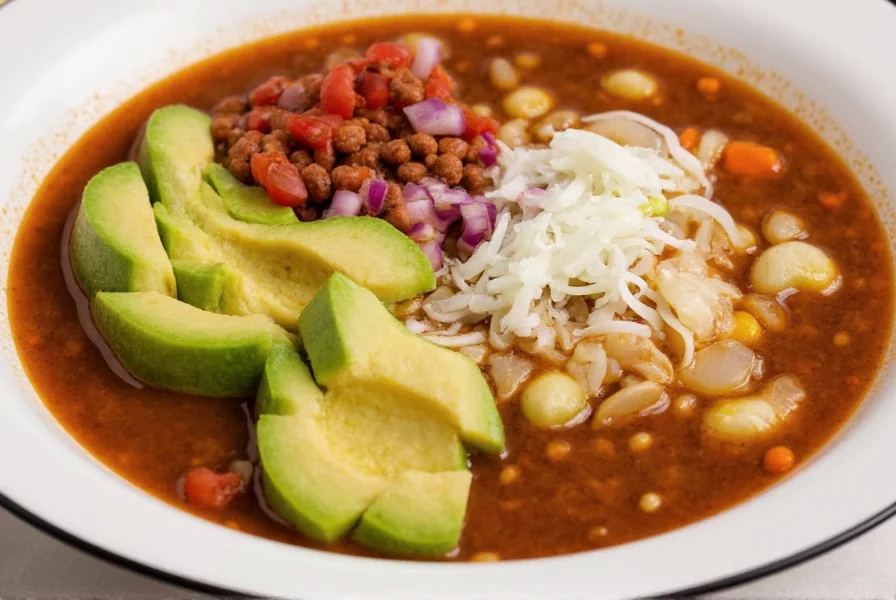
Conclusion
The Pennsylvania Dutch chicken pot pie is more than just a meal—it's a celebration of tradition, flavor, and community. While it may not be inherently spicy, the influence of global spice traditions allows for endless creativity in the kitchen. Whether you stick to the classic recipe or experiment with new flavors, the key is to enjoy the process and share the meal with loved ones.
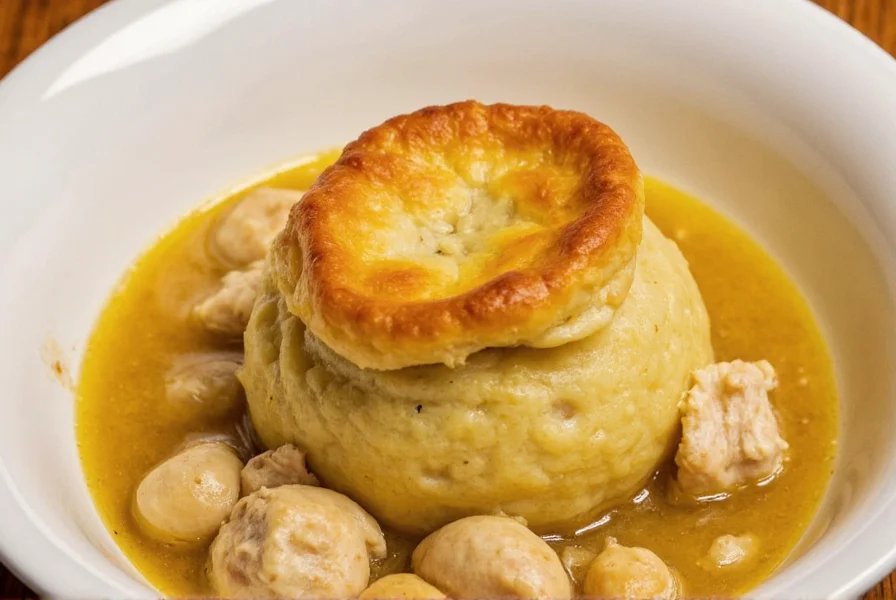
So next time you're looking for a comforting, hearty dish, consider giving the Pennsylvania Dutch chicken pot pie a try. With the right ingredients and a little bit of love, you’ll be serving up a piece of culinary history that’s as satisfying as it is delicious.

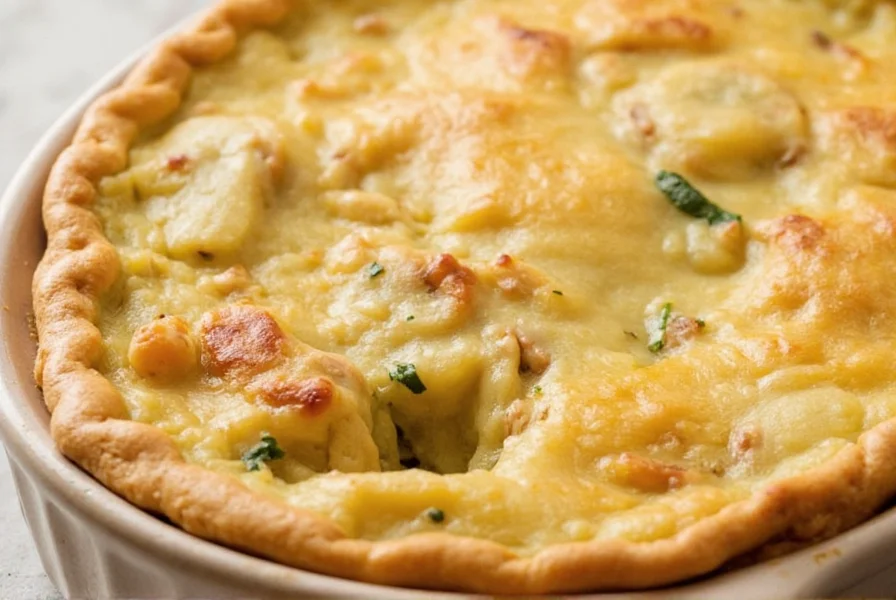









 浙公网安备
33010002000092号
浙公网安备
33010002000092号 浙B2-20120091-4
浙B2-20120091-4